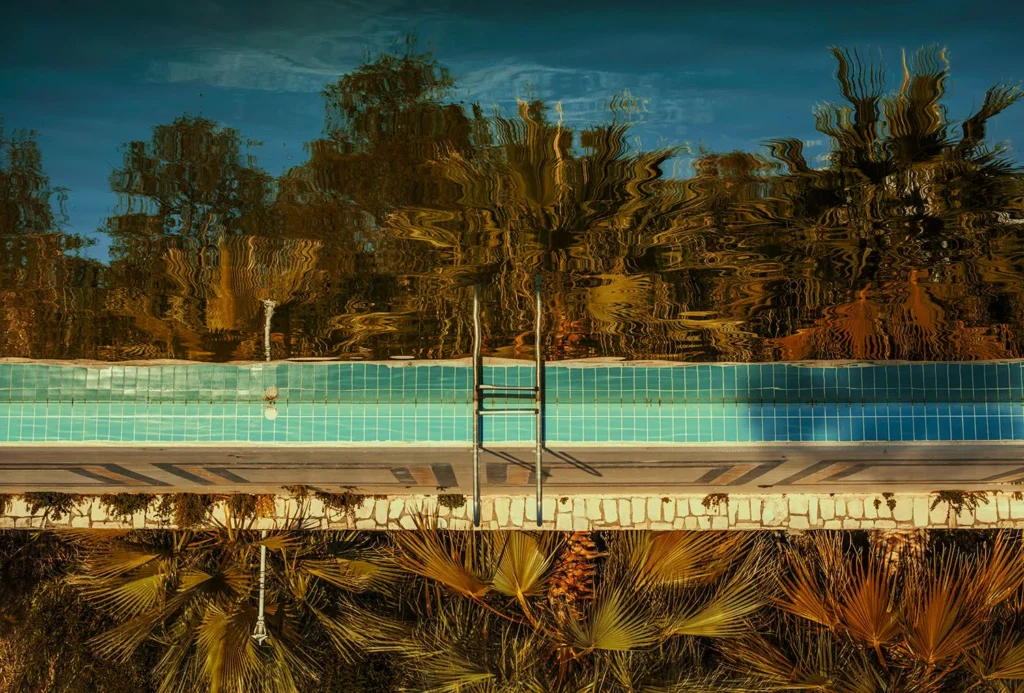Starting an art collection may seem like a pursuit reserved for the wealthy, but the truth is, anyone can build a meaningful collection without spending a fortune. With the right approach, you can acquire stunning pieces, support talented artists, and curate a collection that reflects your taste and personality. Here’s a step-by-step guide to starting an art collection on a budget.
1. Define Your Purpose and Taste
Before buying your first piece, take time to consider:
- Your Purpose: Are you collecting for personal enjoyment, to support artists, or as an investment?
- Your Taste: Explore different styles, mediums, and subjects. Visit galleries, museums, or online platforms to identify what resonates with you.
Having a clear idea of what you love will help you make informed decisions and avoid impulsive purchases.
2. Start Small and Affordable
You don’t need to spend thousands to start your collection. Begin with small, budget-friendly pieces, such as:
- Prints and Editions: High-quality art prints or limited editions are affordable ways to own works by established or emerging artists.
- Original Sketches: Many artists sell original sketches or small-scale works at lower prices than large paintings.
- Photography: Fine art photography often comes at a fraction of the cost of paintings or sculptures.
3. Support Emerging Artists
Emerging artists often offer original, high-quality work at accessible prices. Ways to connect with these artists include:
- Art Schools and Student Exhibitions: Attend showcases at local art schools to discover budding talent.
- Social Media: Platforms like Instagram are excellent for finding artists who sell directly to collectors.
- Local Art Fairs: Many artists participate in fairs, offering a chance to buy directly and avoid gallery markups.
4. Explore Alternative Venues
You don’t have to rely solely on galleries for purchasing art. Other options include:
- Online Marketplaces: Websites like Saatchi Art, Artsy, and Etsy feature a wide range of affordable artwork.
- Charity Auctions: Nonprofits often host art auctions where you can find great pieces while supporting a cause.
- Thrift Stores and Estate Sales: Hidden gems can often be found at secondhand shops or estate sales for a fraction of their value.
5. Build Relationships with Artists and Galleries
Getting to know artists and gallery owners can open doors to affordable art opportunities.
- Artist Studios: Visiting an artist’s studio lets you connect personally and sometimes negotiate prices.
- Gallery Events: Attend openings or previews to network and learn about affordable options, such as smaller works or payment plans.
6. Focus on Quality Over Quantity
It’s better to have a small collection of meaningful pieces than a large number of random acquisitions. Invest time in researching and selecting works that truly resonate with you. Consider factors such as:
- Craftsmanship: Examine the materials and techniques used.
- Uniqueness: Does the piece feel distinctive or evoke a strong emotional response?
7. Look for Art with Investment Potential
While starting an art collection shouldn’t be purely about making money, some budget-friendly pieces can appreciate in value over time.
- Emerging Artists: Look for artists gaining recognition in the art world.
- Limited Editions: Works in small print runs often hold or increase their value.
- Research Trends: Stay informed about popular styles or mediums that are gaining traction.

8. Protect and Display Your Art
Once you’ve started collecting, it’s essential to care for your pieces properly.
- Framing: Invest in high-quality framing to protect and enhance your artwork.
- Storage: Store unframed works in a cool, dry place away from sunlight.
- Display: Arrange your art thoughtfully to showcase its beauty and create a cohesive aesthetic in your space.
9. Set a Budget and Stick to It
Determine how much you’re willing to spend on art each year or piece. Allocating a budget helps you prioritize purchases and prevents overspending. Many artists and galleries also offer payment plans to make acquiring art more manageable.
10. Enjoy the Journey
Art collecting is as much about the experience as it is about the pieces you acquire.
- Learn: Attend workshops, exhibitions, or lectures to deepen your understanding of art.
- Evolve: Your tastes may change over time, so let your collection reflect your journey.
- Share: Display your collection proudly and share its story with others.
Conclusion
Starting an art collection on a budget is not only possible but also immensely rewarding. By focusing on affordable options, supporting emerging artists, and making thoughtful choices, you can curate a collection that brings joy and inspiration to your life. Remember, the value of art lies in how it speaks to you, not in its price tag.

